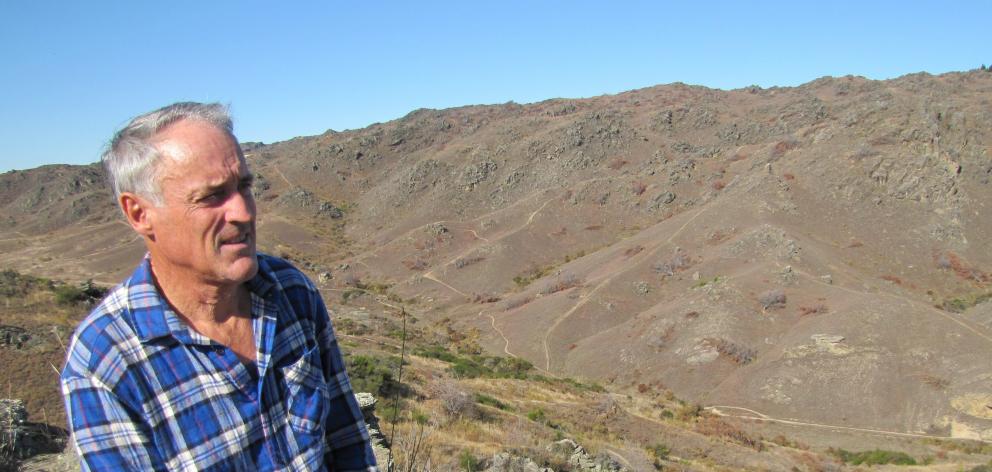
Alexa White, of Chatto Creek, said Central Otago was particularly vulnerable to becoming dominated by wilding conifers because such a large proportion of it was extensively grazed hill and high country.
"This [wilding pine spread] has serious implications for our unique landscape values, our scarce water resource, our land use options, our indigenous biodiversity and for public safety, from the risk and consequences of wildfires."
Mrs White replaces former group chairman Chris Pascoe, who chaired the group from its inception in 2012.
Mrs White said she wanted to continue and expand the work the group was doing, and raise awareness of the work. She would also like to see more replantings of natives in areas that had been cleared, and for community groups, local government and volunteers to become involved with this.
The Central Otago group initially worked with modest funding from the Department of Conservation and the Central Lakes Trust, confining spread from the Naseby Forest, Central Otago project manager Phil Murray said.
The group's work expanded massively when it received funds from the government through the national wilding control programme in 2016.

Mr Murray said although the programme had successfully reduced the affected area, the group had yet to deal with some of the main seed sources, such as forest and amenity plantings around towns, and spread from commercial forests and farm shelter belts.
He said it was hoped more government funding would be available to the group, after an announcement last year from Minister for Biosecurity, Food Safety and Rural Communities Damien O'Connor. Mr O'Connor said at the NZ Wilding Conifer Conference in Omarama he would be presenting a business case to Cabinet for a new round of funding for the national wilding control programme, to follow on from the four-year funding provided in 2015.
A "fresh injection" of government funding would allow groups such as the Central Otago one to continue to provide financial support and co-ordination for landowners and communities in carrying out control programmes, Mr Murray said.
"New areas would be included in the programme as well as follow-up work on areas previously covered. Removing seed sources and reducing seed spread from existing forests by planting non-spreading species around the outside would be a major focus in Central Otago."












